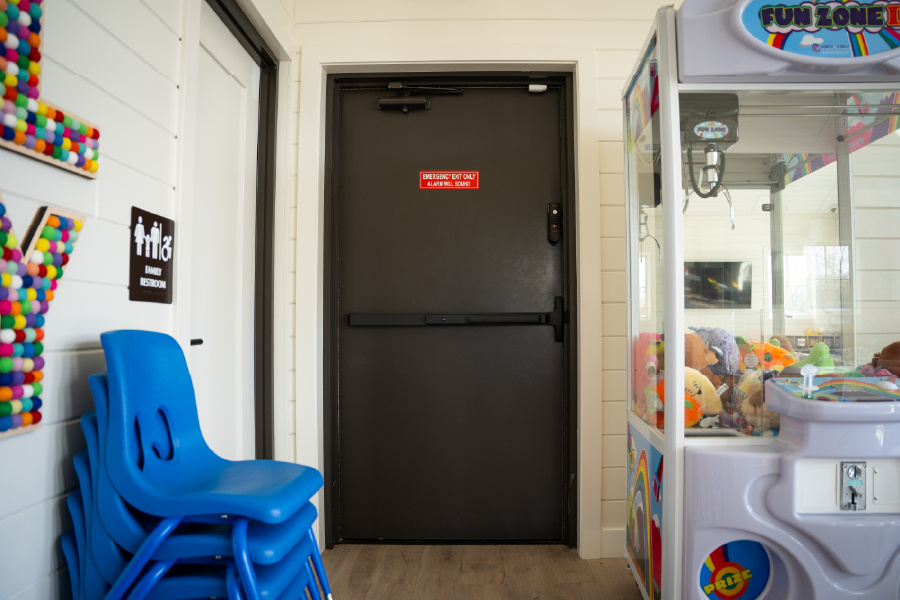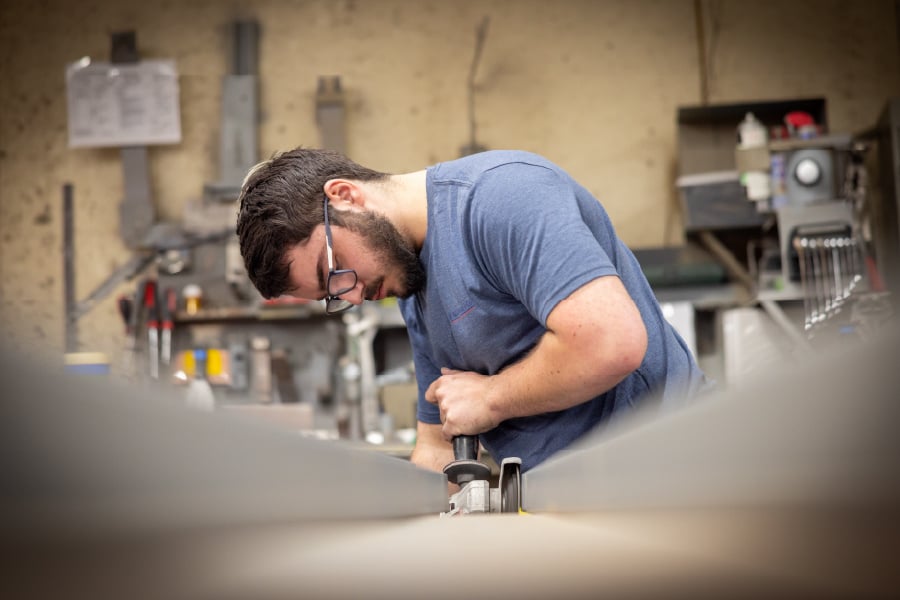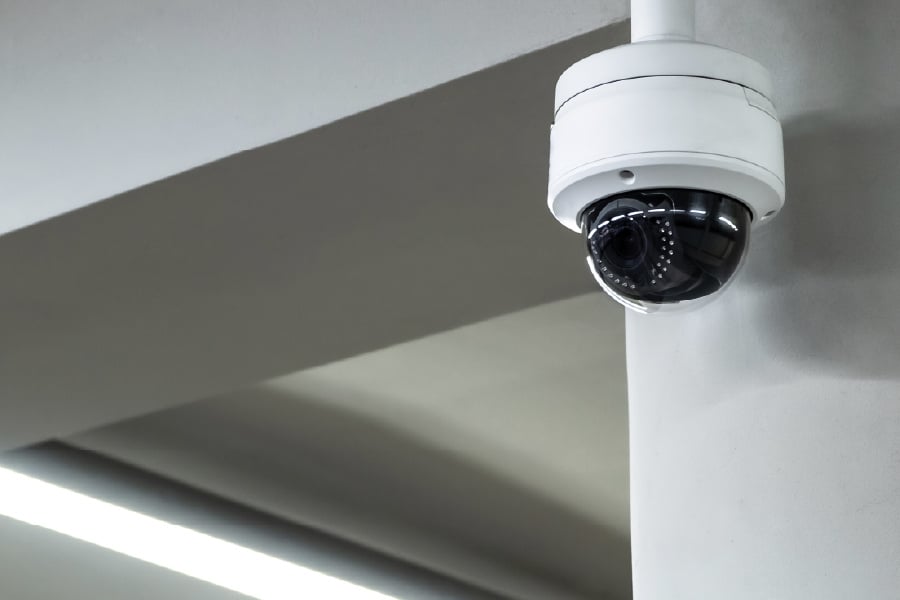
The desire to protect students and teachers in a crisis is universal. But the way we do it matters.
In recent years, a wave of well-intentioned but dangerous products has entered the school security conversation—aftermarket classroom door barricade devices that promise fast lockdown in an emergency. They’re often marketed with urgency and fear. Designed to be installed by anyone. Operated in ways that feel simple and strong.
But there’s a problem. Most of these devices violate building codes, fire codes, and accessibility standards. And in some cases, they may actually increase risk instead of reducing it.
At S.A. Morman, we believe school safety isn’t just about keeping people out. It’s about making sure everyone inside can get out safely, quickly, and without obstruction. That’s why we support the national Door Security & Safety Foundation (DSSF) stance: lock the door, don’t block the door.

Why Barricade Devices Create New Risks
Barricade devices are designed to prevent entry. But they also prevent egress—the ability to exit quickly during a fire, medical emergency, or other crisis.
In the wrong hands, these devices can be used to trap people inside a room. They can delay first responders. They can make evacuation impossible for people with disabilities. And they can be misused by students to harm others or themselves.
The National Fire Protection Association (NFPA), the International Building Code (IBC), and the Americans with Disabilities Act (ADA) all prohibit devices that block doors in this way. Yet schools under pressure—and facing limited budgets—sometimes install them anyway.
Code-Compliant Locks Can Still Protect Classrooms
There’s a better way. Classroom security hardware that meets life safety standards is already available. These locks allow teachers or staff to lock the door from inside, without opening it, while still allowing anyone inside the room to exit freely at any time.
That means:
- No special tools or training required to get out
- No risk of trapping students, staff, or visitors
- No delay for emergency personnel
- Full ADA accessibility
These systems are tested, approved, and already in use across thousands of schools. They strike the right balance: security when it’s needed, and safety every other moment of the day.

Our Role in School Safety
We work with districts across Michigan to design classroom security solutions that are effective, compliant, and easy to use in a crisis. That means:
- Reviewing and updating classroom door hardware
- Recommending locksets that support safe lockdown procedures
- Educating school leaders and facility staff about what is and isn’t allowed
- Supporting inspections, drills, and code compliance efforts
We understand the fear that drives schools to consider barricade devices. But we also understand the responsibility that comes with making those decisions. The safety of students and staff depends on systems that work in every emergency, not just one kind.

The Bottom Line
Barricade devices may feel like the right solution in a moment of fear. But they introduce new risks that no school should have to face.
The right classroom door hardware doesn’t block. It protects. It empowers staff, supports emergency response, and keeps all occupants safe, no matter what happens.
Let’s work together to secure schools the right way. Because safety should never come at the cost of code compliance, accessibility, or the ability to escape when it matters most.

